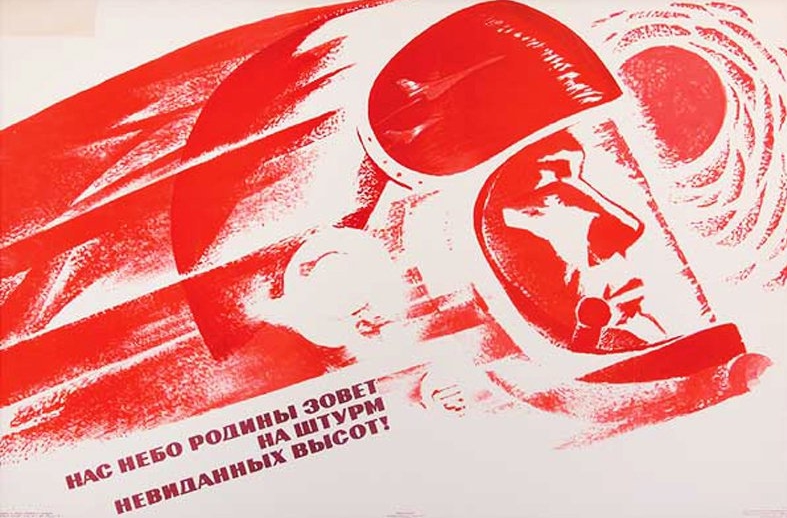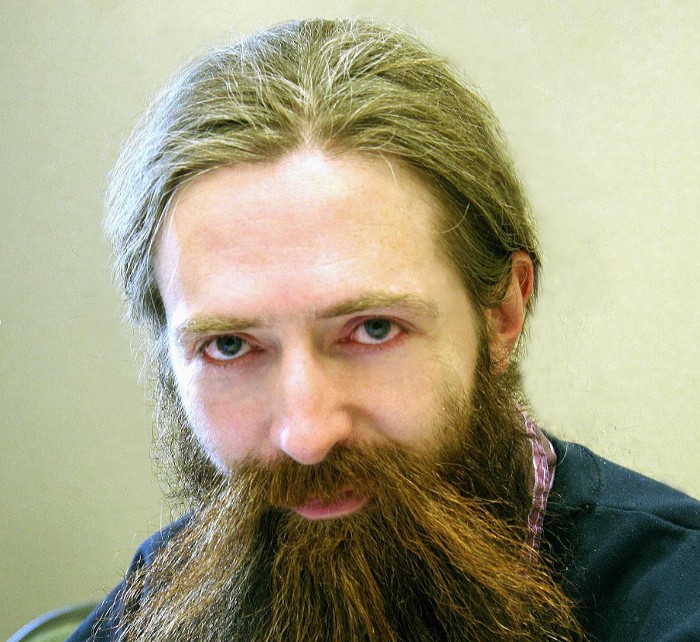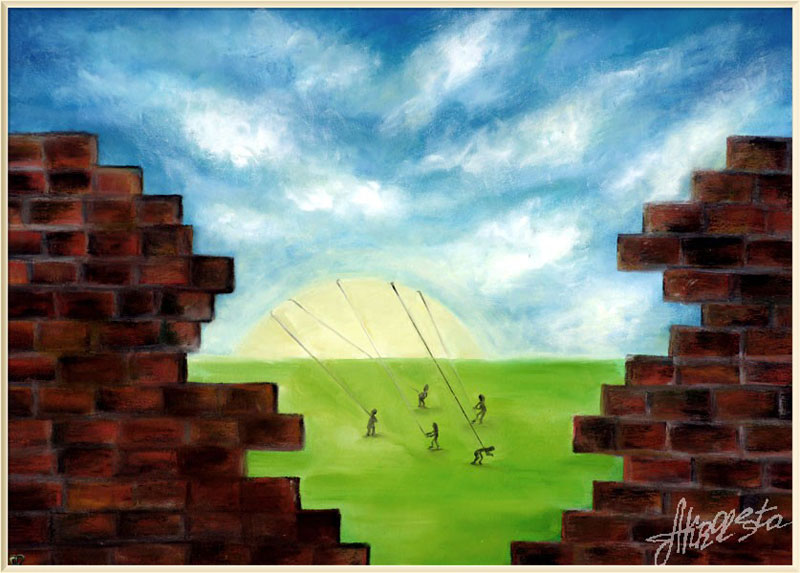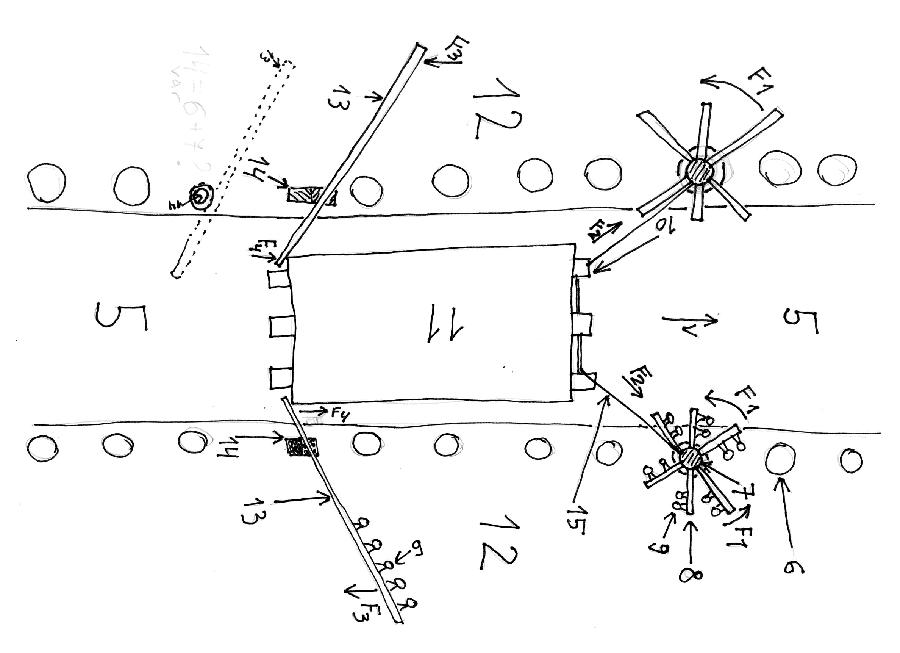If science were a dating app, quantum physics and machine learning probably wouldn’t be a match. They’re from completely different fields and often require completely different backgrounds and skills. But, throw in a little quantum computing and, suddenly, that science-matchmaking app becomes Tinder and the attraction between the two is palpable.
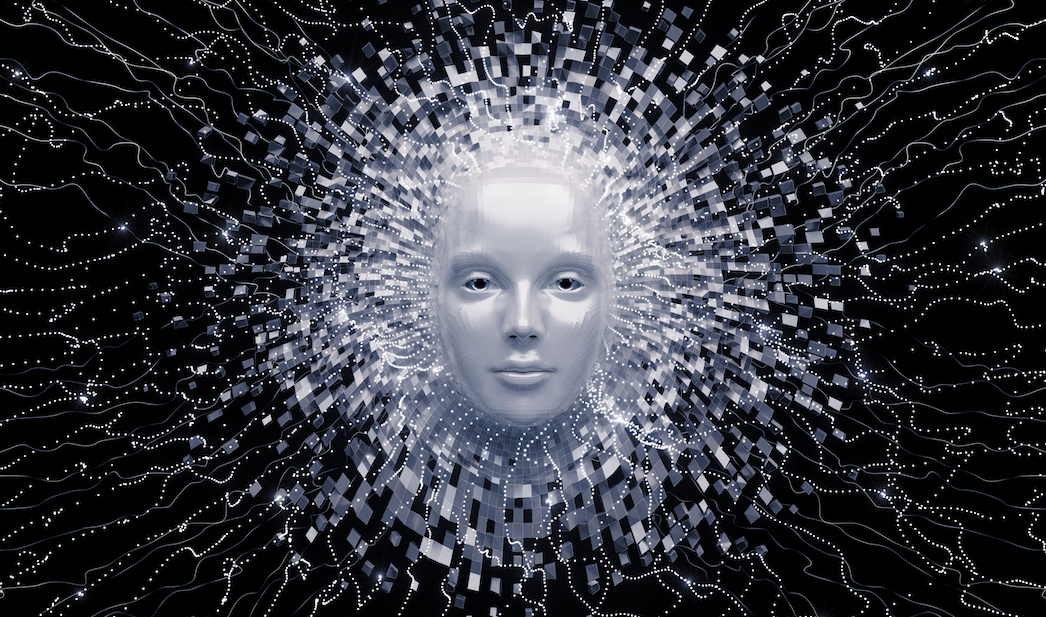
(Credit: cmo.adobe.com/articles/2017/5/how-will-artificial-intelligence-impact-business-tlp-ptr.html#gs.5zlifl)
Even though the extent of change that quantum computing will unleash on AI is up for debate, many experts now more than suspect that quantum computing will definitely alter AI at some level. Analysts from bank holding company BBVA, for example, point toward the natural synergy between quantum computing and AI as reasons why quantum machine learning will eventually best classical machine learning.
“Quantum machine learning can be more efficient than classic machine learning, at least for certain models that are intrinsically hard to learn using conventional computers,” says Samuel Fernández Lorenzo, a quantum algorithm researcher who collaborates with BBVA’s New Digital Businesses area. “We still have to find out to what extent do these models appear in practical applications.”

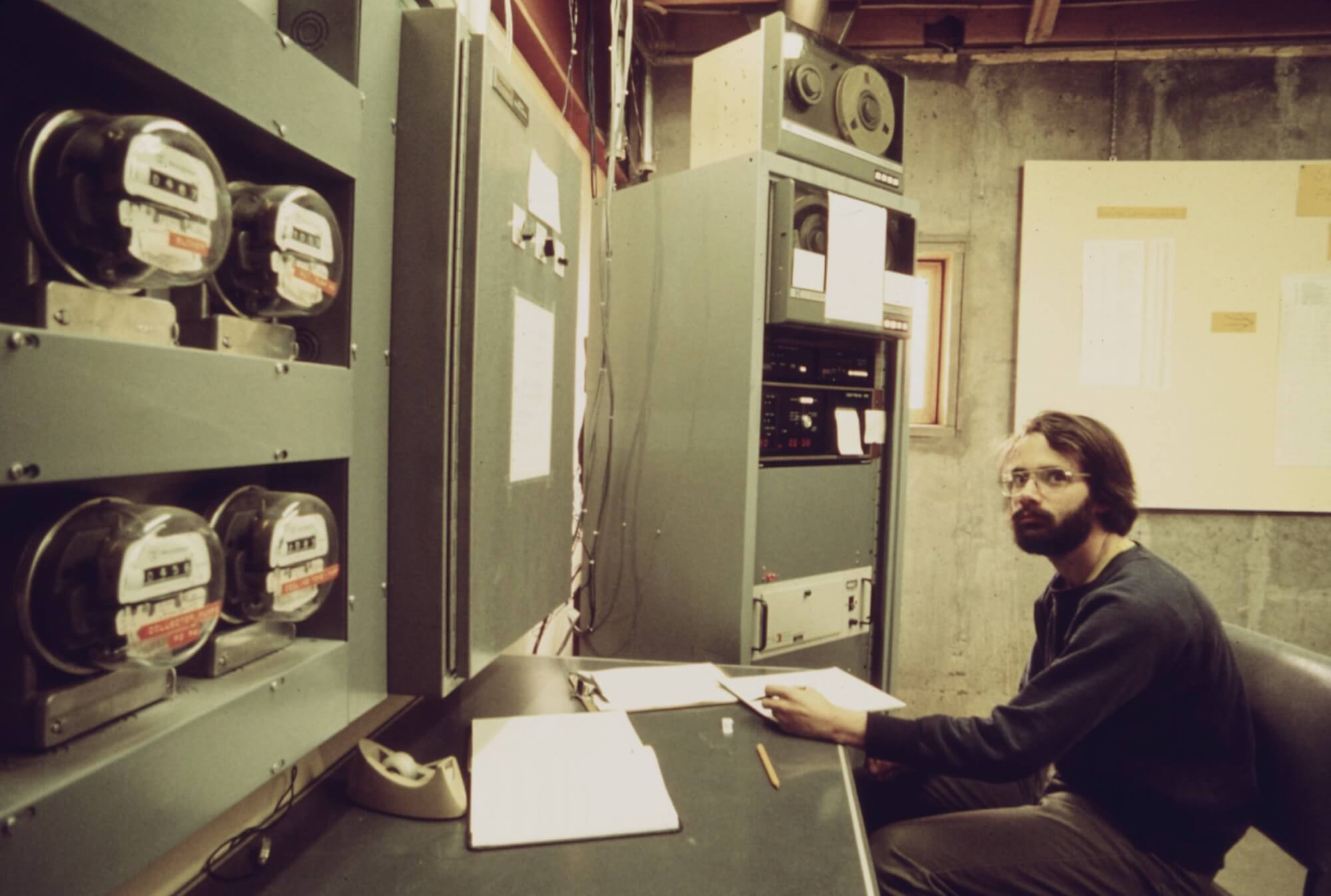
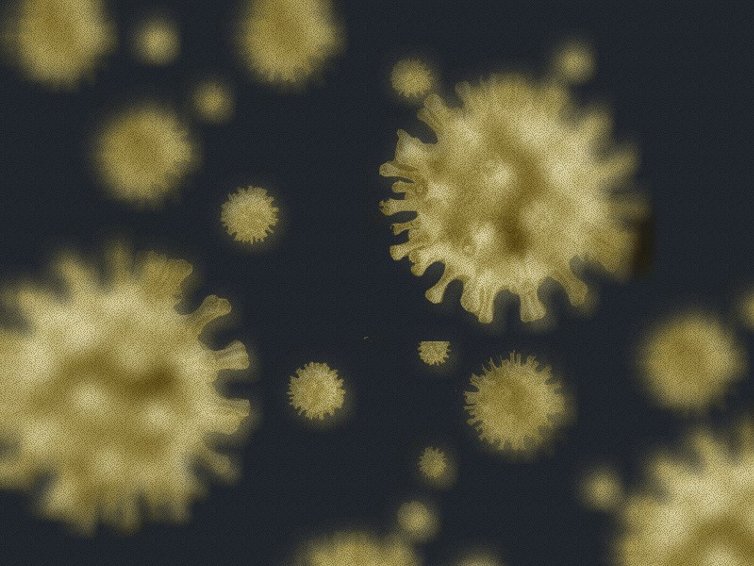
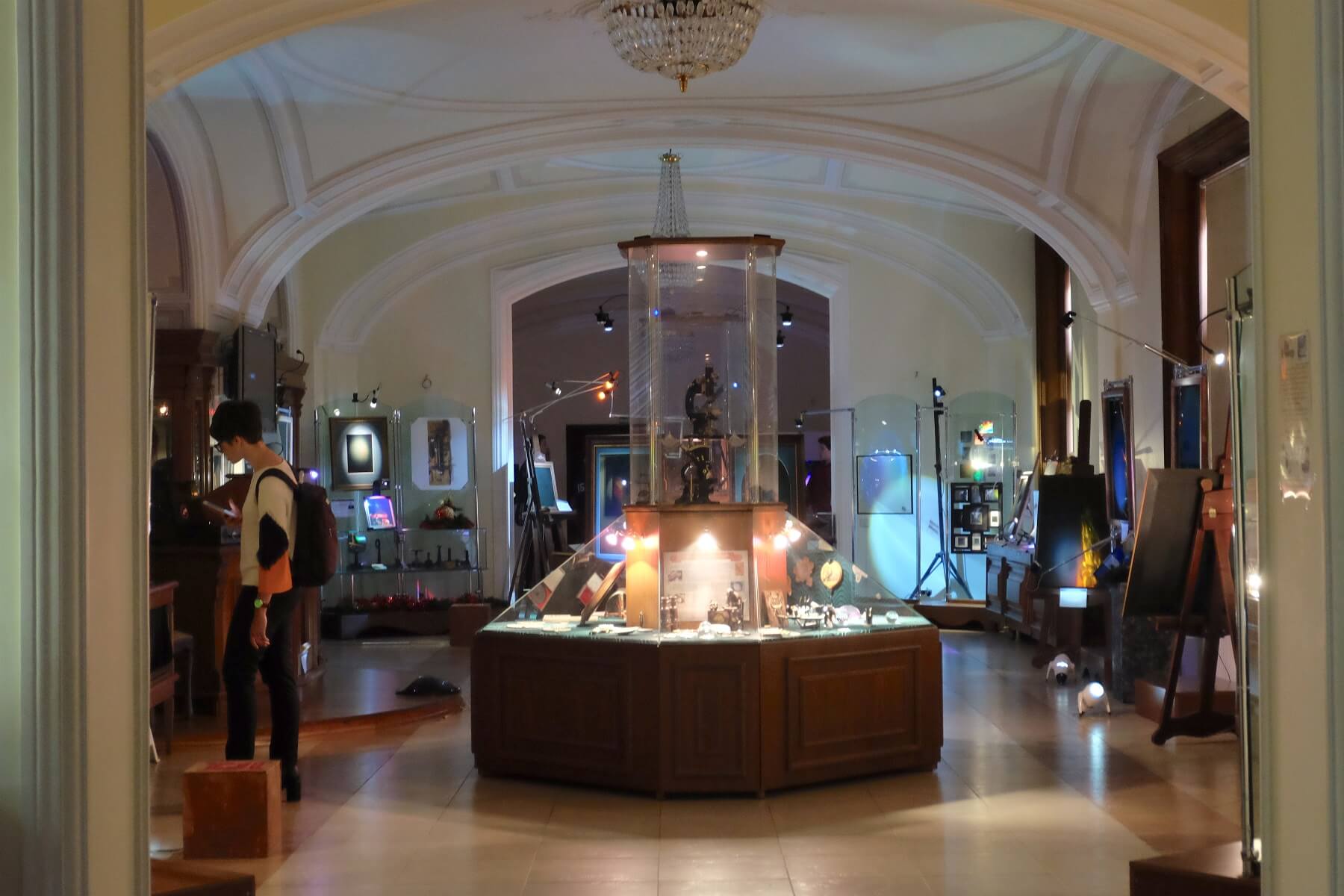



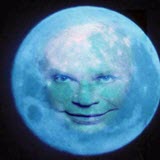 It would seem that the question of the color of the Moon and the Sun from space for modern science is so simple that in our century there should be no problem at all with the answer. We are talking about colors when observing precisely from space, since the atmosphere causes a color change due to Rayleigh light scattering. «Surely somewhere in the encyclopedia about this in detail, in numbers it has long been written,» you will say. Well, now try searching the Internet for information about it. Happened? Most likely no. The maximum that you will find is a couple of words about the fact that the Moon has a brownish tint, and the Sun is reddish. But you will not find information about whether these tints are visible to the human eye or not, especially the meanings of colors in RGB or at least color temperatures. But you will find a bunch of photos and videos where the Moon from space is absolutely gray, mostly in photos of the American Apollo program, and where the Sun from space is depicted white and even blue.
It would seem that the question of the color of the Moon and the Sun from space for modern science is so simple that in our century there should be no problem at all with the answer. We are talking about colors when observing precisely from space, since the atmosphere causes a color change due to Rayleigh light scattering. «Surely somewhere in the encyclopedia about this in detail, in numbers it has long been written,» you will say. Well, now try searching the Internet for information about it. Happened? Most likely no. The maximum that you will find is a couple of words about the fact that the Moon has a brownish tint, and the Sun is reddish. But you will not find information about whether these tints are visible to the human eye or not, especially the meanings of colors in RGB or at least color temperatures. But you will find a bunch of photos and videos where the Moon from space is absolutely gray, mostly in photos of the American Apollo program, and where the Sun from space is depicted white and even blue.